Share the post "Texas Power Grid Failures: Lessons Learned For State Preparedness!"
In February 2021, harsh winter weather caused a record Texas power grid breakdown. During the cold weather in Texas, electricity demand reached record highs, producing extensive disruptions that affected millions. Energy sources across the board struggled to sustain supplies, and power plants’ inability to resist such low temperatures exacerbated the situation.
Our investigation of those events revealed various Texas power grid concerns. The electricity grid was vulnerable due to the 71% decline in natural gas production. After homes and businesses were thrown into darkness and cold, we knew we had to analyze and fix these weaknesses to prevent future incidents.
We also realized the necessity for energy infrastructure resilience during harsh weather. It became evident that we must reinforce and winterize our power systems. Strategic initiatives to strengthen the grid’s reliability have been proposed, ensuring that our energy networks will be resilient and ready to satisfy our needs in another catastrophe.
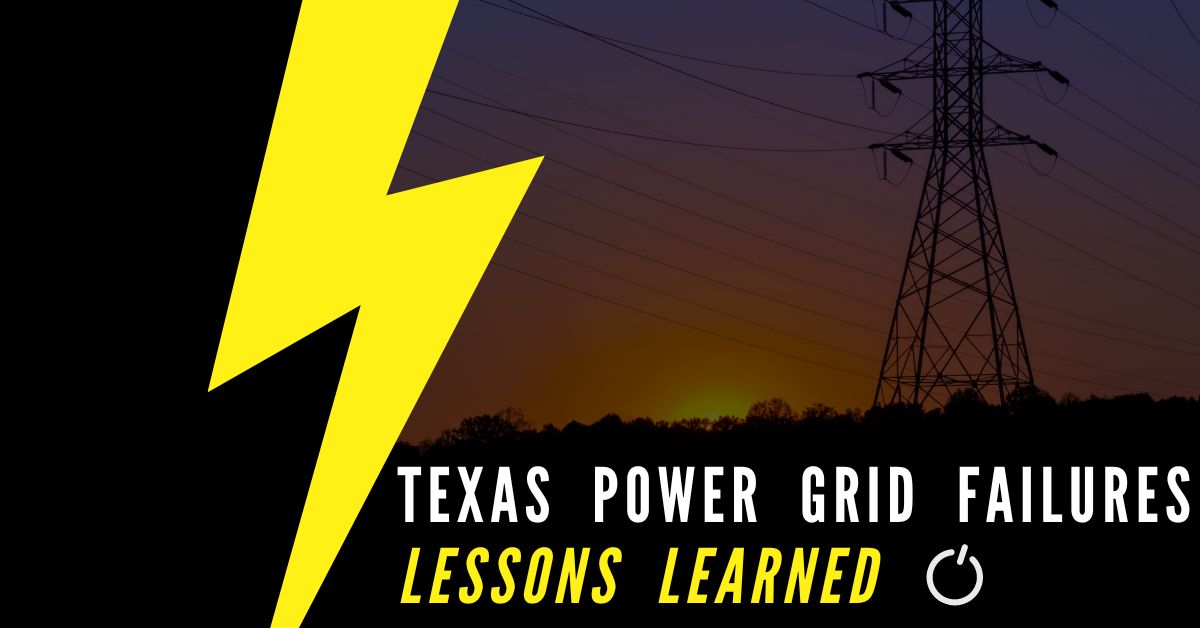
Historical Overview of the Texas Power Grid
In this section, we will examine how Texas’ distinct electricity market developed, the robust power grid that ERCOT manages, and the regulatory framework that oversees it all.
Evolution of the Texas Electricity Market
Texas has always prided itself on its independent values, which extends to our electricity market. We started by primarily relying on local utility providers, but the state has moved towards a deregulated market structure over time. This shift was intended to foster competition and lower prices for consumers.
Building the ERCOT Power Grid
The Electric Reliability Council of Texas, aka ERCOT, manages the flow of electric power to more than 26 million Texas customers. They began forming this interconnected power grid after a major blackout in 1965 to ensure statewide electricity reliability. ERCOT is unique because it operates within Texas, nearly isolated from other North American grids. This isolation means that we Texans are primarily responsible for our power with little out-of-state assistance, which has advantages and challenges.
Regulatory Framework
Our regulatory framework is as independent as our power grid. In Texas, the Public Utility Commission oversees the electricity market, with ERCOT as the grid operator under the eye of the Texas Legislature. Electricity deregulation, begun in 2002, aimed to give us more control and competitive pricing. We must continually adapt regulations to meet changing demands and technological advancements and address grid reliability issues like those experienced in the winter storm in 2021.
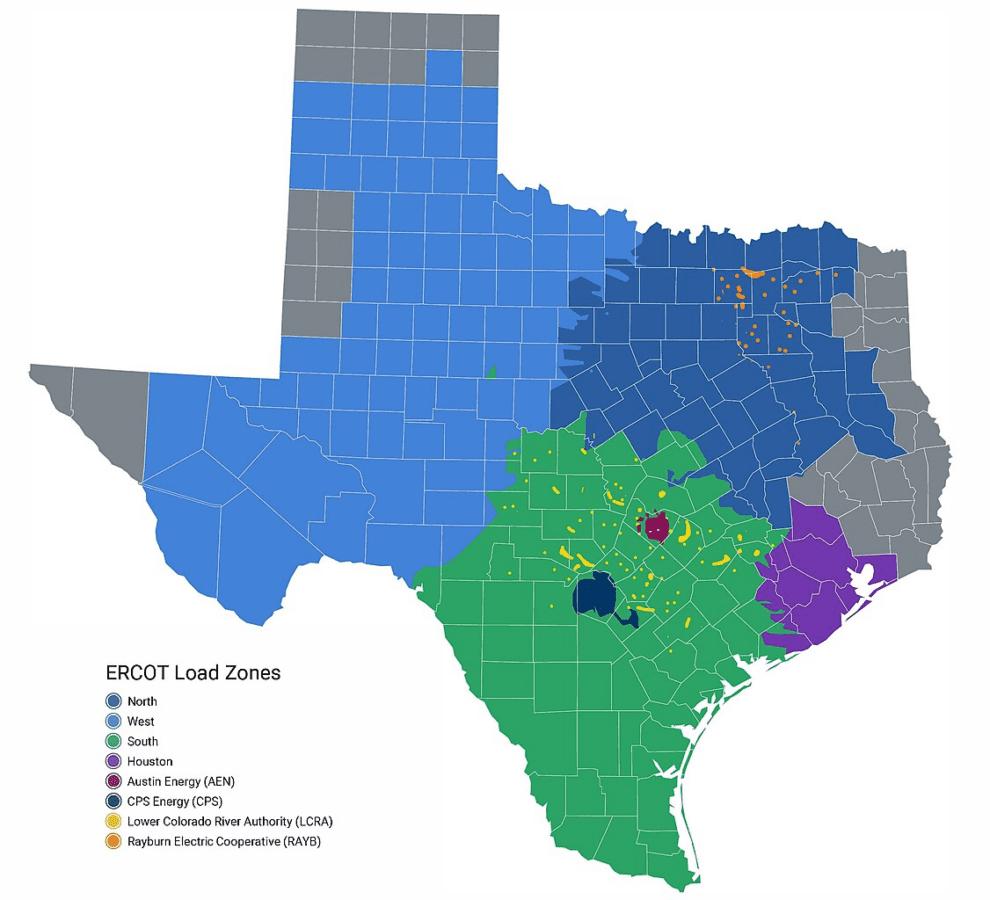
The 2021 Winter Storm Uri Analysis
As we dissect the events of 2021’s Winter Storm Uri, it’s crucial to focus on the extreme weather conditions, the unprecedented impact on power demand, and how renewable energy sources fared during this crisis.
Extreme weather conditions
Winter Storm Uri was a devastating weather event that unleashed historically low temperatures across Texas. The storm featured arctic blasts, which are exceptionally uncommon for the state, and stretched our infrastructure to its limit. The Texas power grid, managed by the Electric Reliability Council of Texas (ERCOT), needed to prepare for the freezing conditions that affected us all.
Impact on Power Demand
Electricity demand skyrocketed as we all scrambled to keep warm. The stark increase put substantial pressure on our power grid, leading to widespread blackouts. More than 4.5 million homes were plunged into darkness, many for several days, as the energy supply couldn’t keep up with the demand.
Renewable energy performance
Regarding renewable energy, the performance was mixed. On one hand, some wind turbines were inauspiciously frozen, yet on the other hand, they also played a pivotal role in providing electricity when other sources were offline. The event sparked intense discussions about improving our renewable sources to be more resilient in extreme weather.
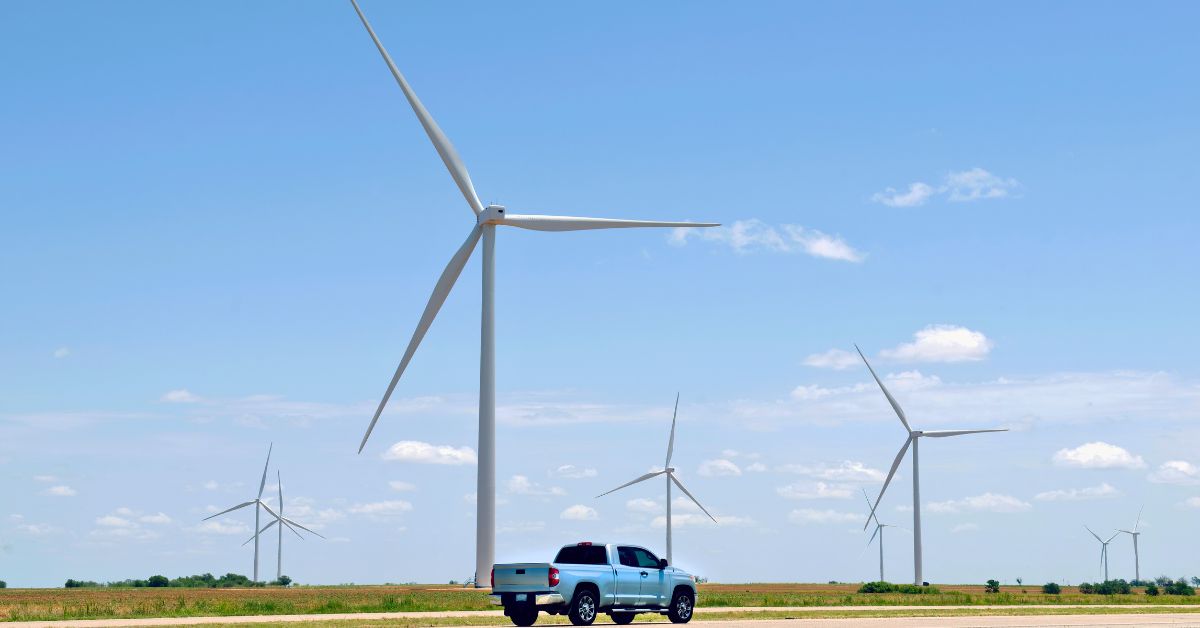
The Grid Failure Mechanics
Texas’s power grid failure has vital pivotal elements in the mechanical breakdown, which primarily hinges on infrastructure vulnerabilities, power generation failures, and communication failings.
Infrastructure Vulnerabilities
We’ve witnessed firsthand how extreme weather can push our infrastructure beyond its limits. The Texas grid, primarily designed for heat waves, was unexpectedly crippled by freezing temperatures. Here’s what we know:
- Materials: components not weathered for cold temperatures.
- Design: Infrastructures lacking insulation against the cold.
Failure of power generation
Our power generation systems failed us tragically when we needed them the most. Natural gas, coal, and even nuclear plants were unable to perform due to:
- Fuel Supply: Gas lines froze, hindering fuel delivery to power plants.
- Operational Issues: Equipment failure due to the cold ensued across the energy spectrum.
Communication Breakdowns
What’s worse than failing systems? Not knowing the status of these systems. Key communication issues entailed:
- Delayed Alerts: The public needed to be more promptly informed about the severity of the grid’s condition.
- Misinformation: Conflicting reports led to public confusion.
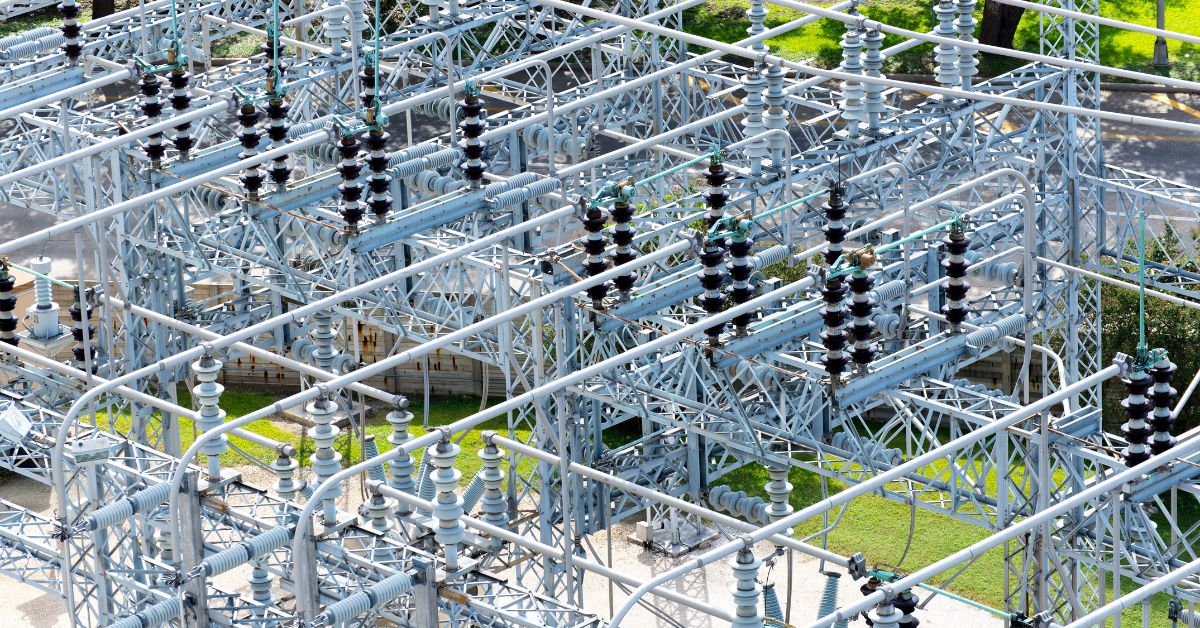
Response and public reaction
In the wake of the Texas power grid failures, we’ve seen a range of actions from government officials and the public. There’s been outrage, demand for accountability, and many responses aiming to address the crisis and prevent future occurrences.
Government Response
Following the energy crisis, state officials launched investigations and proposed reforms to overhaul the energy sector. Legislators convened to scrutinize the unfolding events, highlighting that operational shortcomings led to “Energy Emergency Alert 3”, which triggered rotating outages statewide.
Public Impact and Outrage
Texans endured extreme cold without heat or power, causing distress and anger among the population. Social media was ablaze with stories of families struggling for warmth and safety, pointing fingers at the government’s and the energy sector’s perceived unpreparedness and failure to protect them during the winter freeze.
Utility Companies’ Defense
Utility companies faced backlash but defended their strategies, contending that the grid’s design was unsuitable for such unusually frigid temperatures. They claimed that the crisis resulted from an extraordinary event that exceeded the anticipated operating conditions for Texas’ power infrastructure.
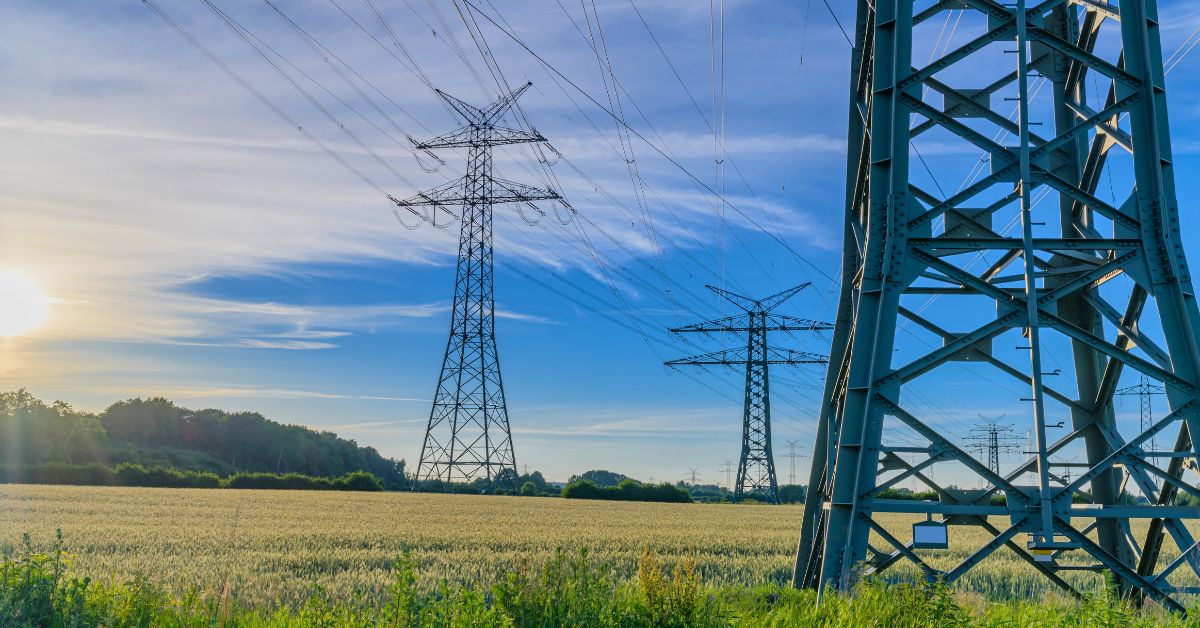
Lessons Learned
In the wake of the Texas energy grid failure, we’ve identified crucial takeaways that are reshaping how we approach our power infrastructure. These lessons have prompted significant policy updates, tangible steps toward grid resilience, and comprehensive strategies for future weather-related challenges.
Post-2021 Policy Changes
After the grid collapse, we saw an urgent need for a policy overhaul. We’ve actively pursued the integration of more robust oversight mechanisms. Essential legislative action has aimed to ensure that power generation plants are weatherized to withstand extreme conditions, helping minimize future outage risk.
Grid Resilience and Adaptation
Resilience requires not just strength but also adaptability. We’ve learned that our energy systems must be flexible to meet high demand and supply shortages. This includes diversifying our energy sources, investing in renewable energy, and enabling grid technologies that quickly compensate for power fluctuations.
Future Weather Event Preparedness
With knowledge from past mistakes, we’re boosting our preparedness for weather events. Extensive simulations and emergency response exercises are now regularly scheduled. Moreover, improving our power system’s capability to handle peak demands during extreme weather is a critical goal, ensuring residents are never again left in the dark.
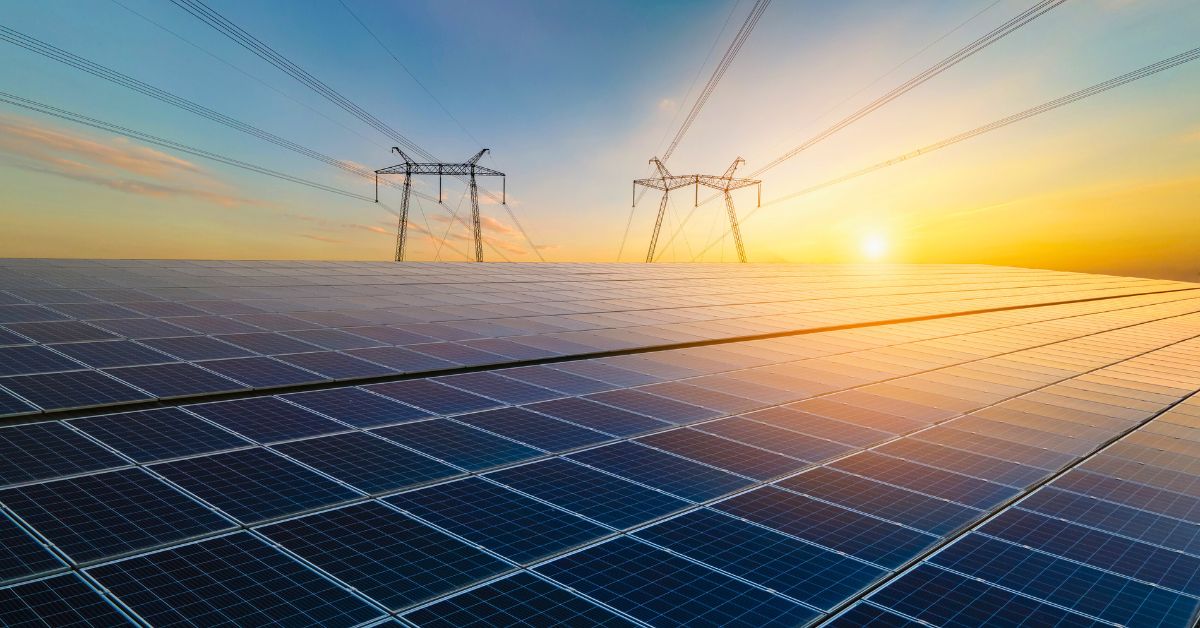
Innovations for a Sustainable Future
The dynamic solutions for the Texas power grid that are on the horizon energize us as we look ahead. Our commitment to advancing renewable energy, grid modernization, and bolstered security measures shines through.
Renewable energy integration
We’re witnessing a transformative time in Texas as we actively integrate more renewable energy sources into our power grid. This shift paves the way for a greener future and mitigates the risk of outages by diversifying our energy portfolio. For instance, wind and solar power, which performed relatively well during the crisis, rapidly expanded their footprint in our energy mix, promising a more resilient grid.
- Wind Energy: Harnessing our state’s vast open spaces for wind farms.
- Solar Power: Utilizing the abundant Texan sun to power our homes and businesses.
Grid Modernization Initiatives
In the spirit of advancement, they’re rolling out grid modernization initiatives designed to elevate the reliability and efficiency of our power infrastructure. By incorporating cutting-edge technologies such as smart meters and grid automation, we set new standards for operational excellence and responsiveness.
- Smart Meters: Providing real-time data for better demand management.
- Grid Automation: Enhancing our ability to respond to changing power needs quickly.
Investment in Power Grid Security
Investing in the security of our power grid is not just a priority; it’s an imperative. We dedicate substantial resources to protecting our grid against physical and cyber threats. Stronger infrastructure and advanced cybersecurity measures ensure our power system is resilient against adversity.
- Cybersecurity: fortifying our defenses against digital intrusions.
- Infrastructure Upgrades: Strengthening our power grid’s physical framework.
These exciting developments illustrate our dedication to creating a robust, sustainable power infrastructure for Texas.
Share the post "Texas Power Grid Failures: Lessons Learned For State Preparedness!"
Christian Linden is a seasoned writer and contributor at Texas View, specializing in topics that resonate with the Texan community. With over a decade of experience in journalism, Christian brings a wealth of knowledge in local politics, culture, and lifestyle. He holds a Bachelor's degree in Communications from the University of Texas. When he's not writing, Christian enjoys spending weekends traveling across Texas with his family, exploring everything from bustling cities to serene landscapes.











